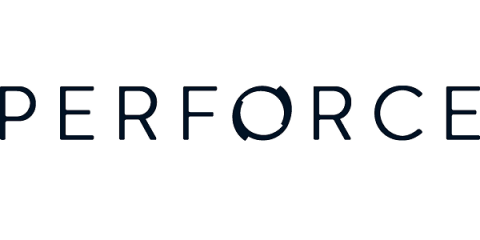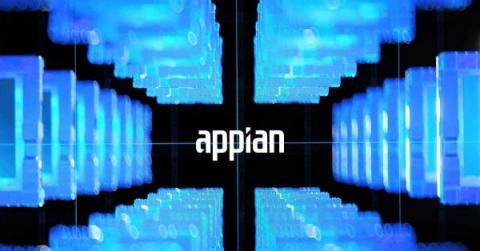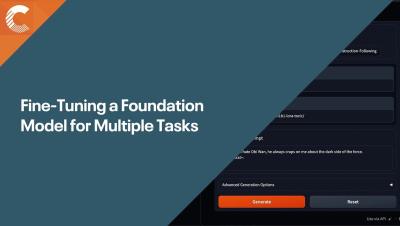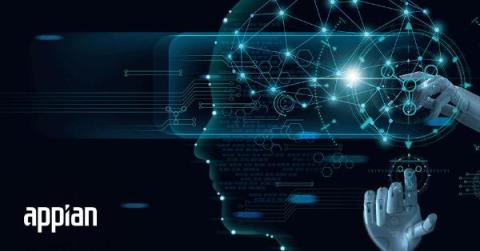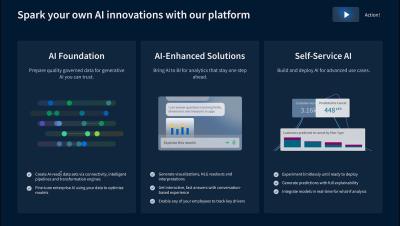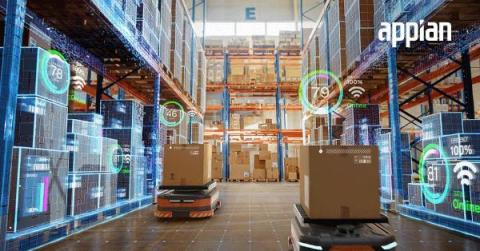Systems | Development | Analytics | API | Testing
AI
Applying Generative AI to product design with BigQuery DataFrames
Generative AI is a powerful tool for accelerating the branding process for new products or compounds.
Low-Code AI Tools: 5 Key Benefits
Artificial intelligence (AI) has led to a seismic shift in the business landscape, largely due to the surge in popularity of large language models like ChatGPT. From predictive models that foster better decision-making to generative AI code tools that enable teams to build applications faster, AI offers incredible benefits to organizations. Businesses need to embrace this technology or risk falling behind their competitors.
Fine-Tuning a Foundation Model for Multiple Tasks
Marketing Success in the Age of AI Requires a Modern Marketing Data Stack
Data is essential to marketing. It’s how we know our audience and measure campaign outcomes. It shows us where to adjust a campaign on the fly, for even better results. But working with data is increasingly complex, and having the right stack of technologies is invaluable.
AI and Process Automation: 7 Ways to Use It in Your Business
Artificial intelligence has the potential to make work incredibly efficient—which means it’s the perfect complement to process automation technology. Process automation, and related approaches like business process management, already aim to improve productivity by automating what can and should be automated.
Staige AI-Enhanced - Spark Your Own AI Innovations
Not All Natural Language Query (NLQ) Models Are Created Equal: Part 3 - Power BI Q&A
Red Hat + Cloudera | A Hybrid Data Platform for Generative AI for FSI
Generative AI vs. Large Language Models: What's the Difference?
What are the differences between generative AI vs. large language models? How are these two buzzworthy technologies related? In this article, we’ll explore their connection. To help explain the concept, I asked ChatGPT to give me some analogies comparing generative AI to large language models (LLMs), and as the stand-in for generative AI, ChatGPT tried to take all the personality for itself.


